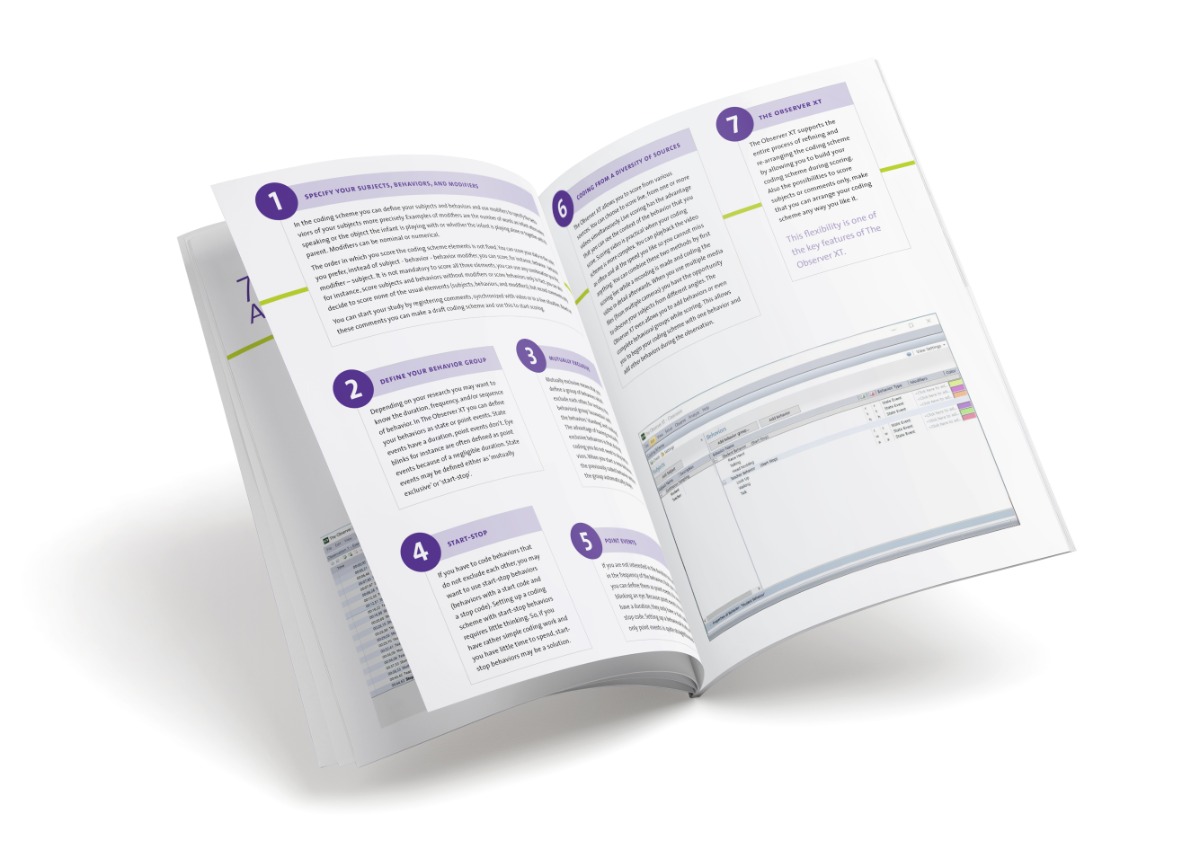
How research on Autism Spectrum Disorders is developing
Adequate measurements and markers
Recent scientific research provides more and more understanding of behavioral challenges children diagnosed with Autism Spectrum Disorders (ASD) face. Studies also offer more insight into adequate measurements and markers which help evaluate behavior of children with ASD. In this Behavioral Blog post, one study is presented to give an example of what is happening in autism research.
Improve positive social functioning
Patriquin et al. (2011) investigated whether a higher basal respiratory sinus arrhythmia (RSA) would correlate with more positive functioning in children with ASD (one of their hypotheses). They explain: "a higher RSA reflects greater myelinated vagal control of the heart, which in turn suggests a soothed autonomic state that is theorized to promote social communication”.
Research methods
A number of research methods and techniques were used to collect data. In short, a play task and an attention task were observed, coded and analyzed; primary caregiver(s) were asked to complete questionnaires (SSP, Dunn, 1999; SRS, Constantino & Gruber, 2007); receptive language was studied using a vocabulary test (PPVT, Dunn, 1997); and the Life-Shirt (Vivometrics, Ventura, CA) was used for physiological data acquisition. The RSA amplitude was later defined.
Observing behavior more powerful
Considering the methods and techniques used in this study, Patriquin et al. describe that perhaps the experimenter-observed measures were more powerful compared to a parent questionnaire (SRS) in that observations reflect actual performed behavior, as opposed to parent perceptions.
Let’s zoom in on the experimenter-observed measures: By setting up a play task (SICS, Bazhenova, 2006) and an attention task (listening to music or an audiobook), Patriquin et al. studied the relationship between basal RSA and social functioning.
During the play task and after the attention task, social behaviors were coded with The Observer XT. Researchers coded sharing behaviors and conventional gestures for all videos and named joint attention and conventional gestures as particularly interesting because of the interactional nature of these social behaviors. Conventional gestures are meant to convey a message and were defined in this particular study as for example pointing or shaking head.

RSA as marker
Great news is that Patriquin et al. named RSA as a marker of positive social functioning in children with an ASD. They conclude that RSA positively correlates with experimenter–observed joint attention and conventional gestures, and receptive language ability. The importance of RSA in future research studying the biobehavioral features of ASD cannot be denied, according to Patriquin et al. Furthermore, they explain that RSA provides important insights into the ASD, where it concerns effective social behavior.
Reference
Patriquin, M. A.; Scarpa, A.; Friedman, B.H.; Porges, S.W. (2011). Respiratory sinus arrhythmia: a marker for positive social functioning and receptive language skills in children with autism spectrum disorders, Developmental Psychobiology, doi: 10.1002/dev.21002.
Get the latest blog posts delivered to your inbox - every 15th of the month
more

Facial mimicry and social cognition in children with autism spectrum disorder
When we want to understand each other better, we tend to copy one another's facial expressions. How does this work in children with autism spectrum disorder? In this blog post, you’ll learn more about facial mimicry in ASD.
Parent-child interaction – research in a lab and on-site
Early in life, children are not capable of filling out a complete questionnaire or talking to an interviewer.

